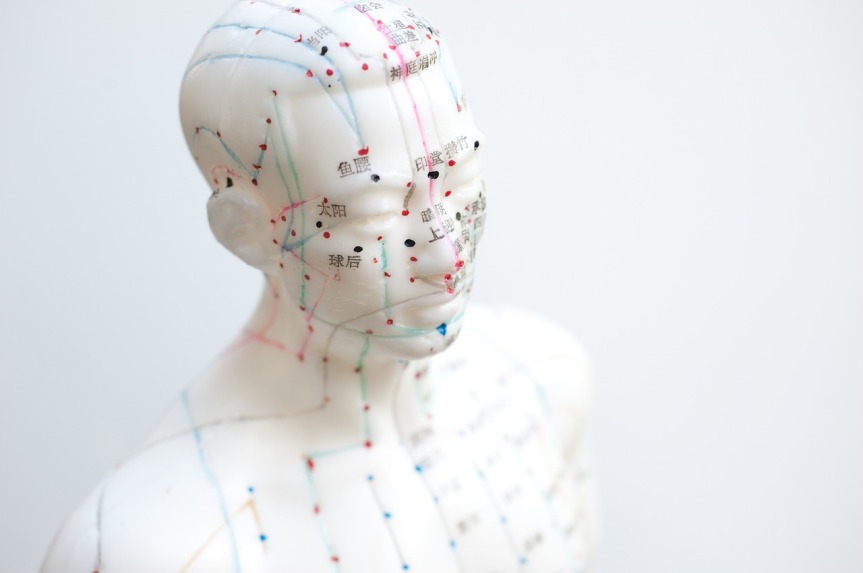
This post is copied from our older, original blog. Original post date 02/23/2013.
By Marcie Bower, Lic.Ac.
I know I’ve posted about these concepts before, but I get so many questions from interested patients about what I am doing, how I am choosing what points to do, how I understand their symptoms. So I thought I’d try to break down 3,000 years of complicated medical theory into a neat and tidy blog post here. (Impossible, I know. But here is a very, very simple introduction) of some of the most important points.
The take home message is this: acupuncture is about relationships. As an acupuncturist, I seek to understand the relationship between different energy systems in your body, the relationships between a number of physiological forces at work in each of us, and the relationship between your energy and the energy of the outside world.
- Qi & Blood
Qi refers to the lifeforce energy that flows through our bodies, the universe, and all living things. There are different types of Qi in our bodies that control specific physiological functions. Some Qi is given to us from our parents at birth, and that Qi is supplemented by the air we breathe and the food we eat. Qi flows in specific pathways through our bodies. Disease occurs when a certain type of Qi is too weak, Qi is stuck and not flowing as it is supposed to, or there is too much of a certain type of Qi and it is not staying where it should.
Blood, in an acupuncture sense, refers to a deeper level of energy in the body. Blood energy, like Qi, flows in specific pathways in our bodies. Problems with the blood energy tend to be a little more serious and take longer to resolve than problems with the Qi energy.
- Yin/Yang
Yin and Yang refer to fundamental forces in the body and in the natural world. Yin refers to the cool, watery, passive parts of our bodies, and Yang refers to the hot, fiery, active, expansive parts of our bodies. When yin and yang are in balance, we are in a state of health. However, when yin and yang are out of balance, disease occurs. As an acupuncturist, I seek to understand the relationship between yin and yang in a patient, and help the body correct whatever the imbalance in that dynamic is.
- Meridians
Energy flows in specific pathways called meridians. Energy flows in a specific direction in each meridian, and each meridian has a series of acupuncture points along it where the energy pools. When there is physical trauma to an area, energy flow can become stuck in a particular meridian. As an acupuncturist, I may choose acupuncture points farther down on the same meridian to try to pull energy through the damaged area to alleviate pain, stiffness, swelling, or limited range of motion. There are also deeper channels of energy in the body called extraordinary vessels. These channels do not necessarily have acupuncture points on them, but can be accessed through special acupuncture points on the main meridians. These extraordinary vessels can be opened to treat any number of chronic diseases or pain conditions.
- Energy systems
There are numerous different energetic systems in the body. Each energy system has a particular meridian associated with it, and also controls certain physiological functions in the body. For instance, one system is in charge of transforming nourishment into energy and transporting it throughout the body. One system is in charge of circulating energy efficiently throughout the body. One system houses the emotions and is in charge of anchoring our spirit. One system is in charge of separating the pure from the un-pure. One system is in charge of efficiently eliminating toxins, and so on, and so on. Based on signs and symptoms, as an acupuncturist, I seek to understand which energy systems are out of balance for you, creating your particular constellation of symptoms. Each energy system has physical and emotional manifestations of being out of balance.
- Five Elements
The Five elements, from an acupuncture perspective, are Wood – Fire – Earth – Metal – Water. Each energetic system in the body is related to one of the five elements, and each have their own unique characteristics. These elements exist in complex relationships with one another, and if one is out of balance it often creates imbalances in the others. Each element corresponds to certain personality types, kinds of pathology, seasons, sounds, smells, colors, and more. This provides an acupuncturist a way to make sense of complex symptoms and piece together how they are all interacting in the body.
- Microsystems
Again, acupuncture is all about relationships. Different parts of the body can be used to represent the body as a whole. For example, the whole body is represented on the ear, or the back of the hand, or certain muscles in the neck. Therefore, by stimulating certain points in the ear that correspond to a certain area of the back, I can treat your back pain, due to the relationship between the ear and the body as a whole.
In reality, it is all much more complicated than this. But these 5 points provide an overview of the parameters in which I, as an acupuncturist, understand you and your body.

